“MORALS OF MINNIE” ON GARFIELD PL. (1912)
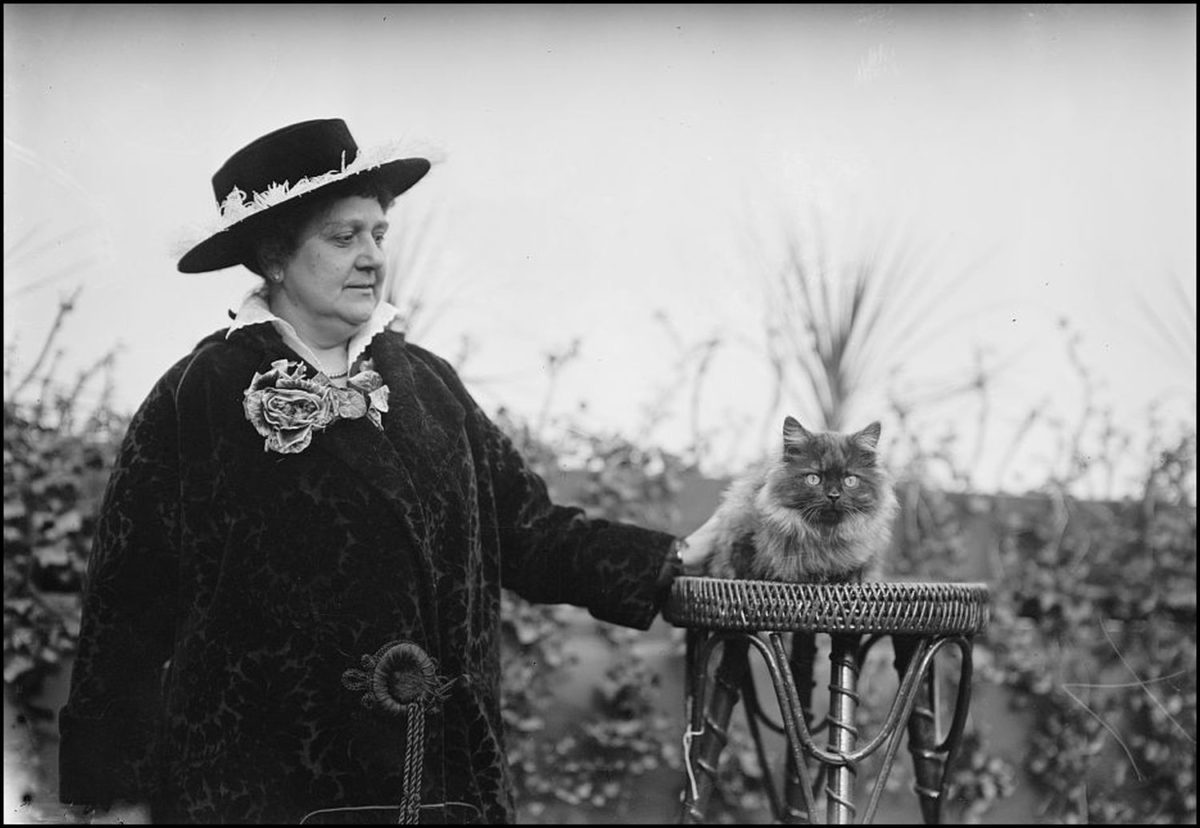
Brownstone Detectives investigates the history of our clients’ homes.
The story you are about to read was composed from research conducted in the course of one of those investigations.
Do you know the history of YOUR house?
********************************************************************************************************************************
In 1912, a Park Slope cat named Minnie found herself in some hot water.
According to a complaint, Minnie’s claws had allegedly performed some serious mutilation to a neighbor’s roof. Here, now, are the details of:
THE CURIOUS CASE OF THE CAT THAT CLAWED
Location – Garfield Place (between 6th and 7th avenues).
Suspect’s address – No. 182 Garfield Place, the Inasmuch Home for Aged Women.
Claimant’s address – No. 178 Garfield Place, home of one William Albert Robbins, attorney.
Suspect – one “Minnie,” a white Persian, and allegedly “immoral,” cat.
THE WANDERINGS OF THE “INASMUCH”
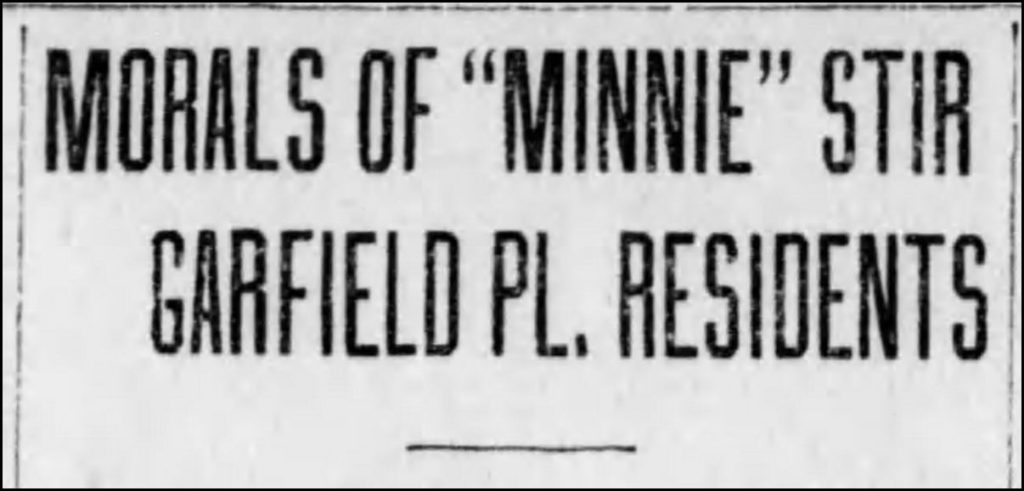
Around 1909, the Inasmuch Home for Aged Women moved from its previous location on Bergen Street to its new home at No. 182 Garfield Place in Park Slope between 6th and 7th Avenues.
The Inasmuch (sometimes referred to as the “In-As-Much” by sloppy journalists) was a “charity” home for “aged women who are unable to get into other homes,” run through contributions and donations.
It was founded in 1905, a few years before the move to Garfield Place. At that time, it existed in the Gowanus at No. 390 Douglass Street, and later moved to (what would become) the Boerum Hill section at No. 226 Bergen Street. By 1920, when it was finally closed, the Home had moved more than half a dozen times. What forced these multiple moves over such a short period of time is not certain. It may have had something to do, though, with the nature of the Home’s indigent clientele or the way in which such homes require them to be operated “from check to check.”
THE “INASMUCH” LANDS IN PARK SLOPE
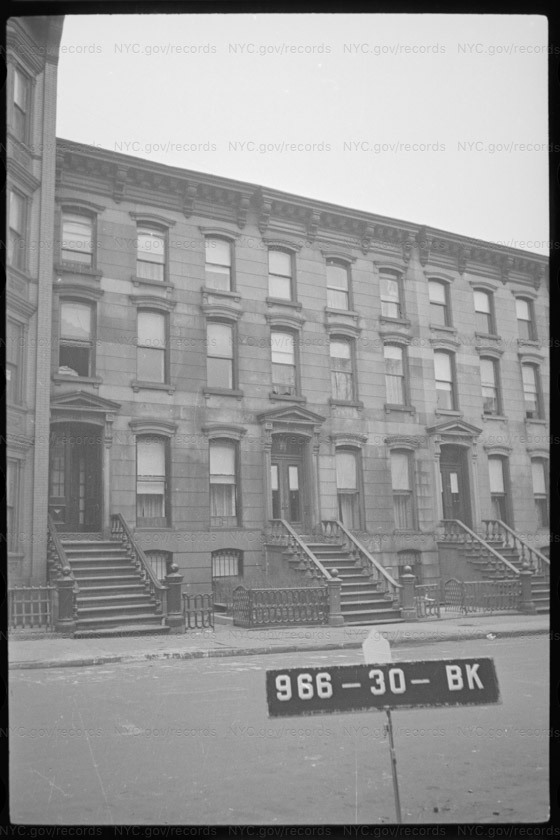
It was only when the Home leapt across 5th Avenue into Park Slope, though, that its presence must have brought another element into focus -the circumspect sentiments of the residents of the more ritzy thoroughfare, Garfield Place.
Within the first year of the Home at No. 182 Garfield Place, the head of the organization was taken to court for allegedly holding an elderly woman in the home against her will. Then, a few years later, a “dispossess order” was filed against the Home for nonpayment of two months of rent (which the manager of the Home alleged was withheld due to the conditions of the building).
This court case must have taken a toll on the management – and maybe the “inmates (as they were called) – as later that year the home moved yet again to another brownstone in the Clinton Hill section at No. 366 Greene Avenue.
Of all of the incidents, though, that were connected to the Home, though, while it existed on Garfield Place, there was one “stand-out.”
It involved an unlikely suspect – an “immoral” cat by the name of “Minnie.”
MINNIE’S CLAWS CAUSE DISSENT
Minnie was a house cat at No. 182 Garfield Place’s Inasmuch Home for Aged Women. She likely kept the women company with their continued availability to and acceptance of her presence.
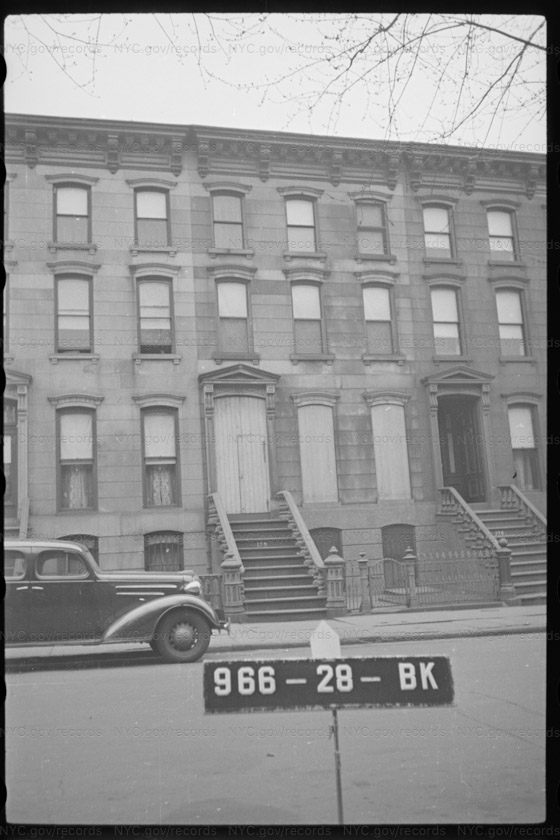
Minnie, though, was not always present. An outside cat, she was often on the prowl or exploring the neighborhood – itinerant, wandering – much like her host, the Inasmuch.
In 1912, she apparently had found herself connected to the destruction of the roof of a neighbor’s library and, as such, the subject of a lawsuit against her owners.
“Is ‘Minnie,’ the feline favorite of the Inmates of the Inasmuch Home for Aged Women, 182 Garfield place, a roof-ripping, gravel-scratching, hole-tearing, diabolical example of what a cat should not be,” questioned the Brooklyn Daily Eagle, “or is ‘Minnie’ a soft-purring, affectionate, fire-loving and milk-seeking animal, worthy of all the devotion that the women of the Home and the neighbors in the block can give her?
“This is the vital case which is being tried in the Court of Public Opinion in the Home, in every drawingroom, in the back yards and out the windows of Garfield place,” the Eagle continued. “There is much excitement in Garfield place, and the case of the big, white Persian cat ‘Minnie’ threatens to enter the civil courts and becomes famous as the $15,000 Koon Kat case of Maine.”
“Minnie,” it was charged – by the attorney William A. Robbins, who lived two doors down at No. 178 Garfield place – in a complaint to the Health Department, had ripped, torn, scratched, and otherwise made holes in a certain tin extension roof, covered with gravel, situated just over the library of Attorney Robbins.
Mrs. Susan Lane, founder of the Home, denied the charges that “Minnie” “scratched the gravel off” and “tore the tin.”
“‘MINNIE’ HAS NO SUFFRAGETTE TENDENCIES”
The Eagle found much humor in the complaint and sought the moment to anthropomorphize the wicked feline.
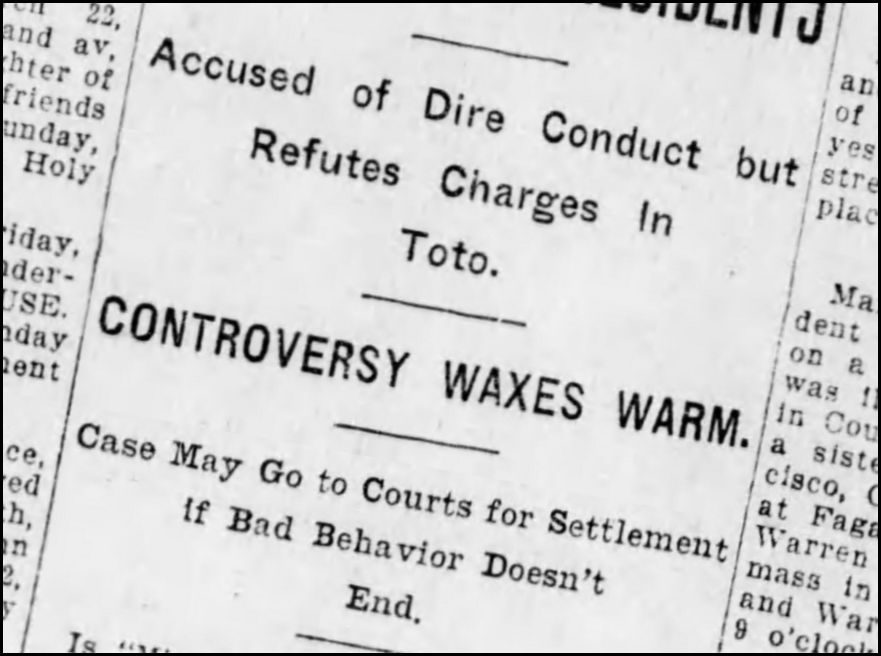
“The defense is not insanity,” noted the newspaper, from their interview of the Inasmuch’s manager. “‘Minnie’ offers in evidence to refute the charge, four sets of perfectly blunt claws. She claims that it would have been impossible for her to have scratched gravel or torn tin.
“Several character witnesses have been summoned by the defense, who will testify that ‘Minnie’ is a home-loving animal, has no suffragette tendencies, and is seldom seen away from her own fireside.”
Speaking with Attorney Robbins however, the Eagle discerned that “(t)he prosecution offers to prove by numerous witnesses that ‘Minnie’ and another cat, ‘to the deponent unknown’ – a sort of Mary Doe cat – can be thoroughly identified as the leader in the band of feline vandals.”
A GARFIELD PLACE DIVIDED
The complaint, however, was likely not to rise to the level of a court case, as the Board of Health weighed in and “instructed ‘Minnie,’ Mrs. Lane acting as interpreter, that she must remain within the confines of her own home. If she does not, the civil courts will take the case from the Court of Public Opinion of the Garfield Place District.”
It was thus that Minnie the white Persian cat, long of the Inasmuch Home for Aged Women, to the everlasting delight of the Home’s charges, became a full-time indoor cat. No longer would Minnie roam or fall prey to the morals of other outside cats.
In a final interview by the Eagle, “Minnie” gave her input.
“‘Minnie,’ upon being asked this morning her opinion of her accusers and the case in general,” noted the Eagle, “remarked ‘Meiouw!’ She then turned her back on the interviewer, which is supposed to be an expression of disgust with the entire proceeding.
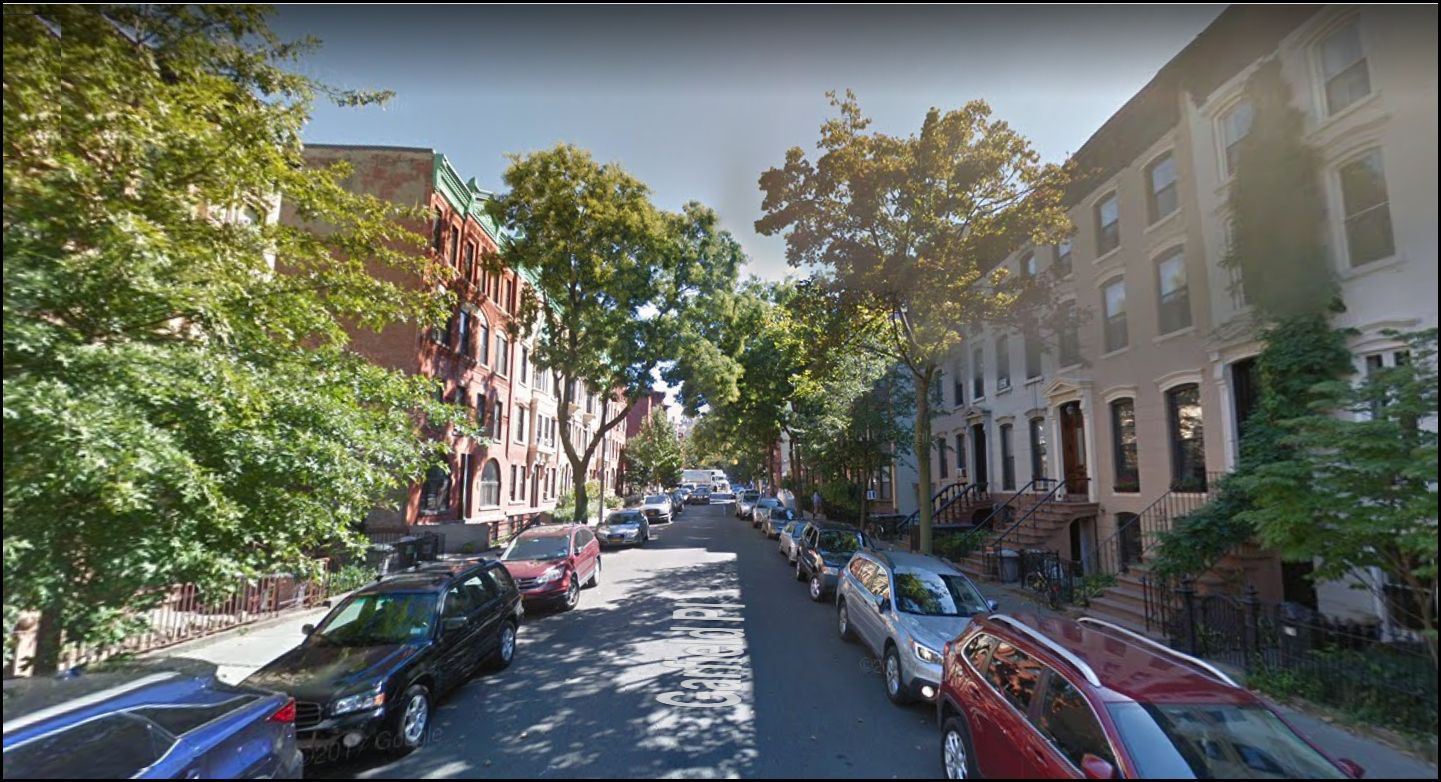
———————————————————————————————————————–
 Brownstone Detectives is an historic property research agency. Our mission is to document and save the histories of our clients’ homes. From our research, we produce our celebrated House History Books and House History Reports. Contact us today to begin discovering the history of your home.
Brownstone Detectives is an historic property research agency. Our mission is to document and save the histories of our clients’ homes. From our research, we produce our celebrated House History Books and House History Reports. Contact us today to begin discovering the history of your home.